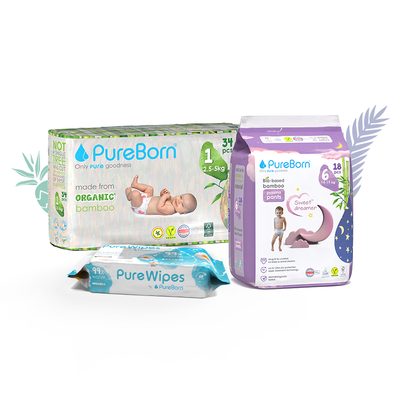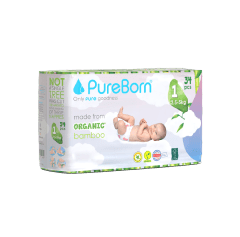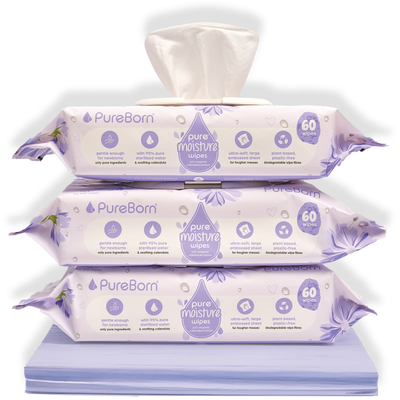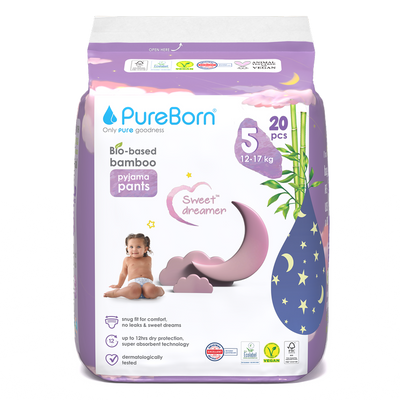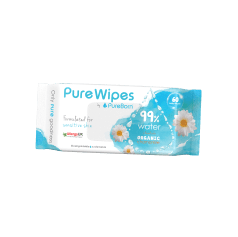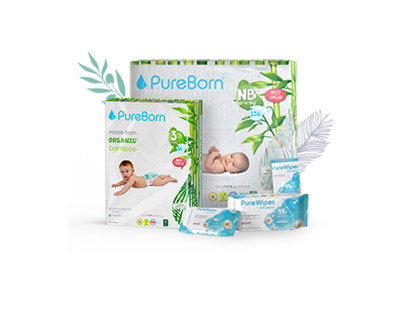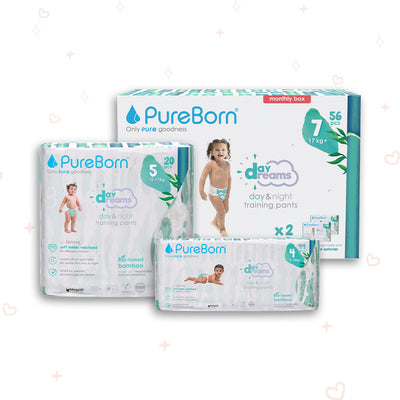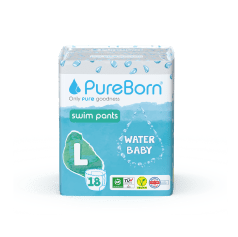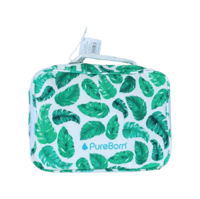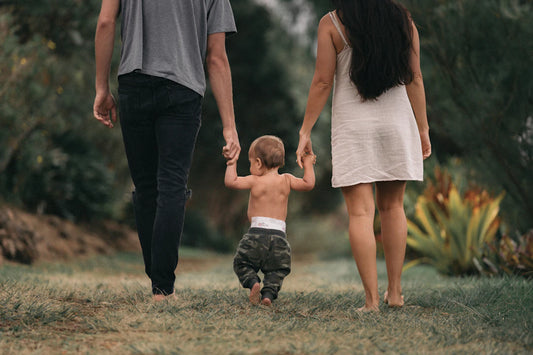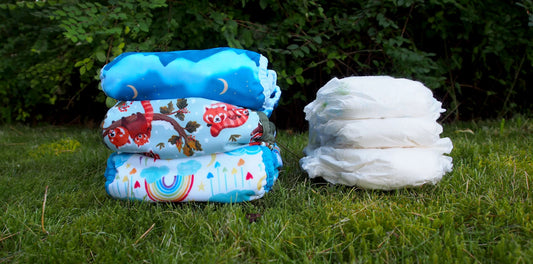Table of Contents
- The Importance of Sustainable Feeding
- Choosing the Right Foods for Your Baby
- Go Organic
- Opt for Locally Sourced Products
- Incorporate Plant-Based Meals
- Reducing Packaging Waste
- Make Homemade Baby Food
- Buy in Bulk
- Use Reusable Storage Solutions
- Navigating Feeding Phases
- Breastfeeding: The Ultimate Eco-Friendly Option
- Introducing Solids Responsibly
- The Shift from Nappies to Day Training Pants
- Choosing Biodegradable Day Training Pants
- Encourage Potty Training Early
- Support with Reusable Options
- Engaging Your Child in Sustainable Practices
- Involve Them in Meal Prep
- Lead by Example
- Talk About the Environment
- Challenges of Sustainable Feeding
- Cost Considerations
- Time Constraints
- Your Sustainable Feeding Journey Starts Now!
Frequently Asked Questions
1. What are the benefits of sustainable feeding for my baby?
2. How can I choose the right foods for my baby sustainably?
3. What are some ways to reduce packaging waste when feeding my baby?
4. How can I support my child's transition from nappies to day training pants sustainably?
5. How can I involve my child in sustainable practices?
As parents strive to provide the best for their little ones, sustainable living options are gaining traction. One of the most tangible ways to contribute to a better future for your child and the planet is through sustainable feeding practices. In this guide, we’ll explore how to feed your baby sustainably, along with tips on transitioning to day training pants that are both eco-friendly and gentle on your baby’s skin.
The Importance of Sustainable Feeding
Feeding your baby sustainably affects their health and the environment. With the rising concerns about the impact of plastic waste and non-biodegradable materials, more parents are looking for eco-friendly alternatives. Let’s look at why sustainable feeding is essential:
- Healthier Choices: Opting for organic and locally sourced food means fewer pesticides and chemicals in your baby's diet.
- Reducing Waste: Sustainable feeding practices significantly minimize food waste through better planning and portion control.
- Environmental Responsibility: Choosing sustainable food contributes to a healthier planet and a brighter future for your child.
Choosing the Right Foods for Your Baby
When it comes to feeding your baby sustainably, selecting the right foods plays a crucial role. Here are some tips to consider:
Go Organic
Organic vegetables, fruits, and grains are not only healthier for your baby, but they also minimize environmental impacts. Organic farming tends to have a lower carbon footprint and promotes soil health. Focus on organic options whenever possible, especially for items on the “dirty dozen” list which have higher pesticide residues.
Opt for Locally Sourced Products
Providing your baby with locally sourced foods can reduce transportation emissions and support local farmers. Farmers’ markets are an excellent place to find fresh produce that hasn’t traveled long distances. Plus, you can often trace the origins of your purchases, ensuring they align with your sustainable values.
Incorporate Plant-Based Meals
Introducing plant-based meals early in your child's life can promote healthy eating habits while being gentle on the environment. Incorporate lentils, beans, fruits, and vegetables into your baby’s diet. These foods often require less water and energy for production compared to animal products.
Reducing Packaging Waste
Food packaging can significantly contribute to waste and plastic pollution. Here are several strategies to help you reduce packaging waste:
Make Homemade Baby Food
Preparing homemade baby food allows you to control ingredients while significantly reducing packaging waste. You can blend pureed fruits and vegetables and store them in reusable glass containers, making sure each meal is fresh and nutritious.
Buy in Bulk
Purchasing grains, cereals, and snacks in bulk can minimize packaging and is often more economical. Bring your reusable containers to a bulk food store and refill them as needed.
Use Reusable Storage Solutions
Swap single-use plastic bags for reusable silicone bags or glass containers. They’re easy to clean and contribute to reducing your household waste.
Navigating Feeding Phases
Feeding babies is a journey filled with phases, from breastfeeding to introducing solids. Each phase presents opportunities for sustainability.
Breastfeeding: The Ultimate Eco-Friendly Option
Breastfeeding is considered the most sustainable feeding method. It has numerous benefits for both mother and baby, with no packaging and minimal environmental impact. It helps in building a strong maternal bond while providing all necessary nutrients for your child’s growth.
Introducing Solids Responsibly
As your baby transitions to solid food, consider foods with less environmental impact. Start with vegetables and fruits that can be grown locally. Gradually introduce balanced, wholesome meals while keeping an eye on waste. Avoid over-preparing food items to prevent waste.

The Shift from Nappies to Day Training Pants
As your little one grows, so will their needs, especially regarding potty training. The transition from nappies to day training pants is an essential step. Here are some tips for choosing eco-friendly options:
Choosing Biodegradable Day Training Pants
Consider opting for biodegradable day training pants. These products are designed to break down faster than traditional disposable options, minimizing landfill contributions and reducing plastic pollution.
Encourage Potty Training Early
Introducing potty training at the right time can help in preventing overuse of nappies. Look for signs of readiness in your child, and make the experience positive. The sooner you transition, the more sustainable your parenthood journey can be.
Support with Reusable Options
Using washable cloth training pants is an eco-friendly alternative that reduces waste significantly. They are often made of organic materials that are gentle on your baby’s skin and can be washed and reused numerous times, making them a fantastic choice for the environment.
Engaging Your Child in Sustainable Practices
Involving your child in sustainable practices fosters a sense of responsibility and respect for nature. Here are some ways you can engage them:
Involve Them in Meal Prep
As your children grow older, include them in meal planning and cooking. Teach them about the benefits of organic foods and how to minimize waste. This not only makes them more aware of their food choices but also helps them develop healthy eating habits.
Lead by Example
Show your child how to recycle, compost, and manage food waste responsibly. Make it fun and enjoyable to build a sustainable mindset from an early age.
Talk About the Environment
Engage in conversations about environmental responsibility. Discuss why sustainability is important and how their actions can impact the planet in the long run. Use relatable stories and activities to instill these values.
Challenges of Sustainable Feeding
While the benefits of sustainable feeding practices are clear, there can be challenges parents face:
Cost Considerations
Sometimes organic or sustainably sourced foods can be more expensive. However, budgeting for sustainable feeding can be done effectively. Seek out sales, join co-ops, or choose seasonal produce to minimize costs.
Time Constraints
Making homemade baby food or shopping for local ingredients requires time. Schedule meal prep days or involve family members to share the load. Meal prepping in batches can also relieve stress during busy weeks.
Your Sustainable Feeding Journey Starts Now!
Adopting sustainable feeding practices is not just about the immediate benefits for your baby; it cultivates a healthier planet for future generations. From choosing organic foods to making the transition to day training pants, every small change counts. Embrace this journey, and remember: sustainability is a lifestyle that can be enriched through conscious decisions and habits.
By implementing these strategies, you're not only nourishing your little one but also nurturing the earth. So let’s raise a generation that understands the importance of sustainability and its impact on their lives and the world around them.


